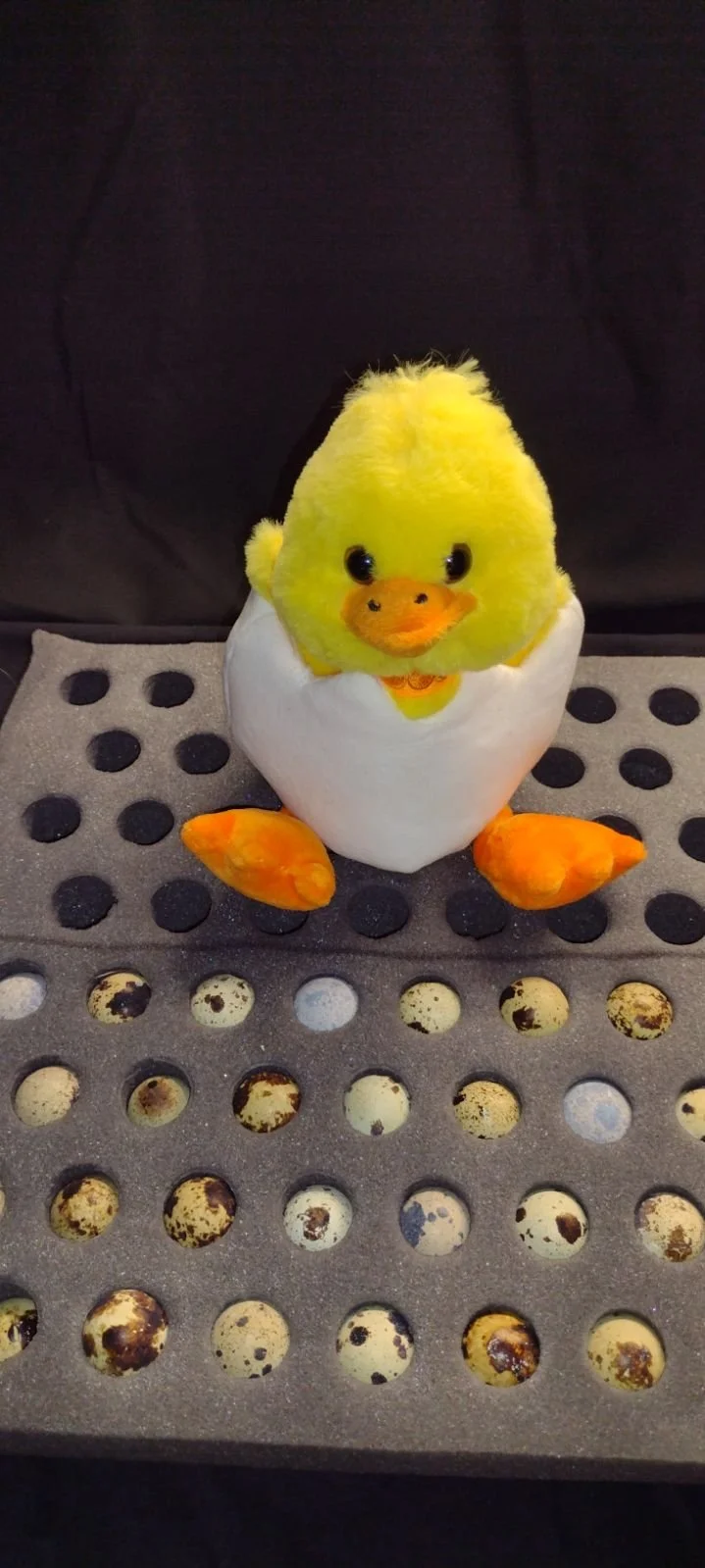Unlocking the Genetic Code: 5 Basic Principles of Inheritance at Haven’s Homestead
Embarking on your quail-raising journey? Understanding the basics of genetic inheritance is like decoding the language of your feathered companions. At Haven’s Homestead, we break down the complexity into five fundamental principles that guide our breeding practices. Let’s dive into the genetic tapestry that shapes our quail flock:
Heterozygous:
Definition: Heterozygous refers to a genetic condition where an organism has two different alleles (gene variants) for a particular trait. In the context of quail breeding, if a quail is heterozygous for a specific gene, it carries two different copies of that gene – one inherited from each parent.
Homozygous:
Definition: Homozygous describes a genetic condition where an organism has two identical alleles (gene variants) for a particular trait. In quail genetics, if a quail is homozygous for a specific gene, it carries two identical copies of that gene – either inherited from both parents.
Non-Inheritance (Pharaoh in the context of quail genetics):
Definition: Non-Inheritance, often referred to as wild type or Pharaoh in quail genetics, signifies the natural and classic appearance of the Japanese quail (Coturnix japonica) found in the wild. It is the standard, undisturbed plumage, usually displaying various shades of brown and white. In the breeding context, it's a baseline comparison for other mutations or colors.
1. Heterozygous x Non-Inheritor (Pharaoh):
- Outcome: 50% Heterozygous and 50% Non-Inheritor or Pharaoh
- Example: When we pair a Rosetta (Heterozygous) with a Pharaoh, the result is a diverse mix – half will carry the Rosetta gene, and the other half will exhibit the classic Pharaoh plumage.
2. Heterozygous x Heterozygous:
- Outcome: 50% Heterozygous, 25% Homozygous, 25% Non-Inheritor or Pharaoh
- Example: Pairing two Rosetta (Heterozygous) quails leads to a varied combination – half will carry the Rosetta gene, a quarter will be Homozygous Rosetta, and another quarter will display the Pharaoh plumage.
3. Heterozygous x Homozygous:
- Outcome: 50% Heterozygous, 50% Homozygous
- Example: When a Rosetta (Heterozygous) joins forces with a Tibetan (Homozygous), the resulting offspring will be evenly split – half carrying the Rosetta gene and the rest displaying the Homozygous Tibetan trait.
4. Homozygous x Homozygous:
- Outcome: 100% Homozygous, with exceptions for hidden recessive genes
- Example: A union between two Tibetan (Homozygous) quails guarantees a flock entirely composed of Homozygous Tibetans, with the caveat of potential hidden recessive genes surprising us.
5. Homozygous x Non-Carrier (Pharaoh):
- Outcome: 100% Heterozygous
- Example: When a Tibetan (Homozygous) partners with a non-carrier Pharaoh, the resulting offspring will inherit the Heterozygous Tibetan gene exclusively.
Understanding these genetic principles at Haven’s Homestead empowers us to curate a diverse and thriving quail flock. As you venture into the world of quail genetics, these principles serve as your compass, guiding you through the intricacies of breeding and ensuring the continuation of vibrant, healthy quail generations. Welcome to the fascinating realm of genetic inheritance at Haven’s Homestead! 🧬🍃
